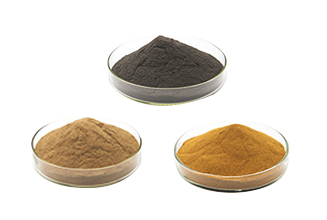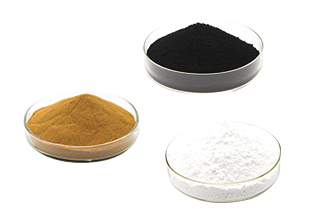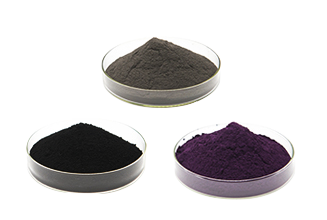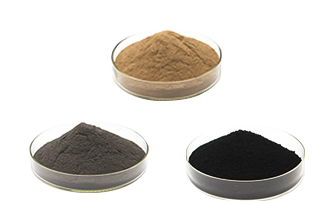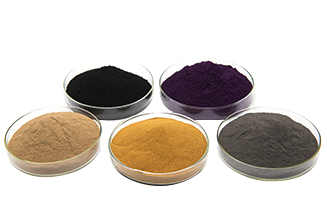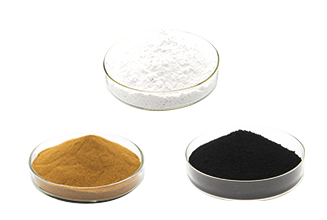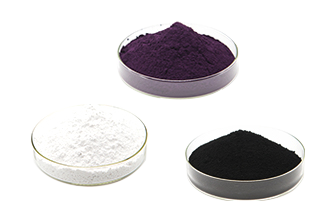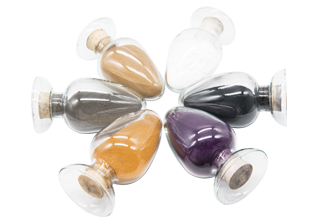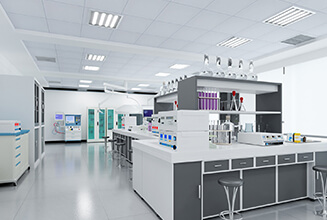Nano titanium dioxide
Nano titanium dioxide
Nano-titanium dioxide is an excellent raw material for lithium batteries. It has the characteristics of large lithium intercalation capacity, low toxicity, low energy consumption,
good stability, large specific capacity, good cycle stability, no side reactions, and high environmental protection. It is used as a negative electrode. Materials have obvious advantages.
In addition, nano-titanium dioxide has become the most common material used in the research and production of photoelectric solar conversion cells due to its photostability and non-toxicity.
1. Nano titanium dioxide can effectively reduce the capacity decay of lithium batteries, increase the stability of lithium batteries, improve the electrochemical performance
and the first discharge specific capacity of battery materials.
2. It reduces the polarization of LiCoO2 in the process of charging and discharging, so that the material has a higher discharge voltage and a more stable discharge effect.
3. An appropriate amount of nano-titanium dioxide can exist in a loose state, which reduces the inter-particle stress and the micro-strain of the structure and volume caused
by the cycle process, and increases the stability of the battery.
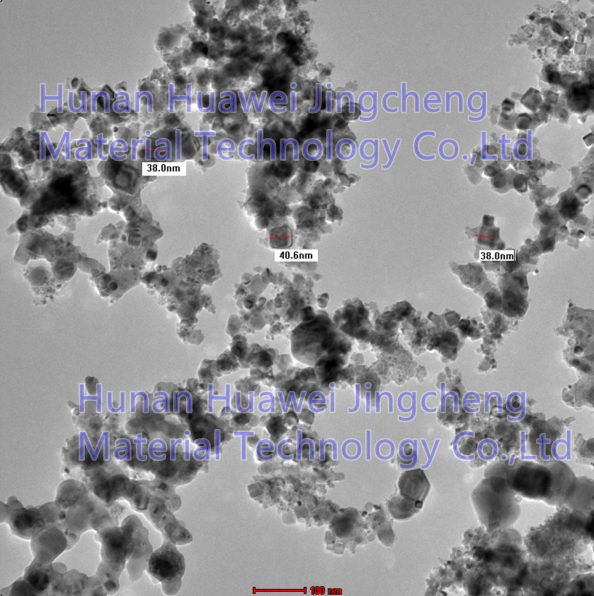
Nano-titanium dioxide is an excellent raw material for lithium batteries. It has the characteristics of large lithium intercalation capacity, low toxicity, low energy consumption,
good stability, large specific capacity, good cycle stability, no side reactions, and high environmental protection. It is used as a negative electrode. Materials have obvious advantages.
In addition, nano-titanium dioxide has become the most common material used in the research and production of photoelectric solar conversion cells due to its photostability and non-toxicity.
1. Nano titanium dioxide can effectively reduce the capacity decay of lithium batteries, increase the stability of lithium batteries, improve the electrochemical performance
and the first discharge specific capacity of battery materials.
2. It reduces the polarization of LiCoO2 in the process of charging and discharging, so that the material has a higher discharge voltage and a more stable discharge effect.
3. An appropriate amount of nano-titanium dioxide can exist in a loose state, which reduces the inter-particle stress and the micro-strain of the structure and volume caused
by the cycle process, and increases the stability of the battery.

related news
-
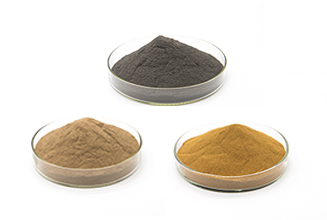 Apr 07, 2023Preparation and Properties of HfC Ceramic Precursor
Apr 07, 2023Preparation and Properties of HfC Ceramic Precursor -
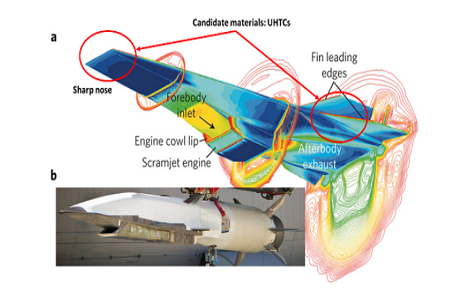 Oct 25, 2021Comparison of different sintering methods of ZrC (zirconium carbide) ceramics and analysis of their application performance
Oct 25, 2021Comparison of different sintering methods of ZrC (zirconium carbide) ceramics and analysis of their application performance -
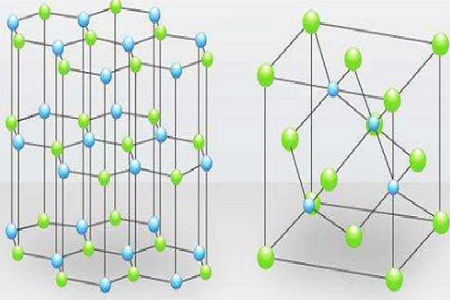 Nov 22, 2021Preparation and Application of Boron Nitride (BN) Materials
Nov 22, 2021Preparation and Application of Boron Nitride (BN) Materials -
 Feb 17, 2023Boron-containing Lithium ion battery electrolyte additive
Feb 17, 2023Boron-containing Lithium ion battery electrolyte additive

